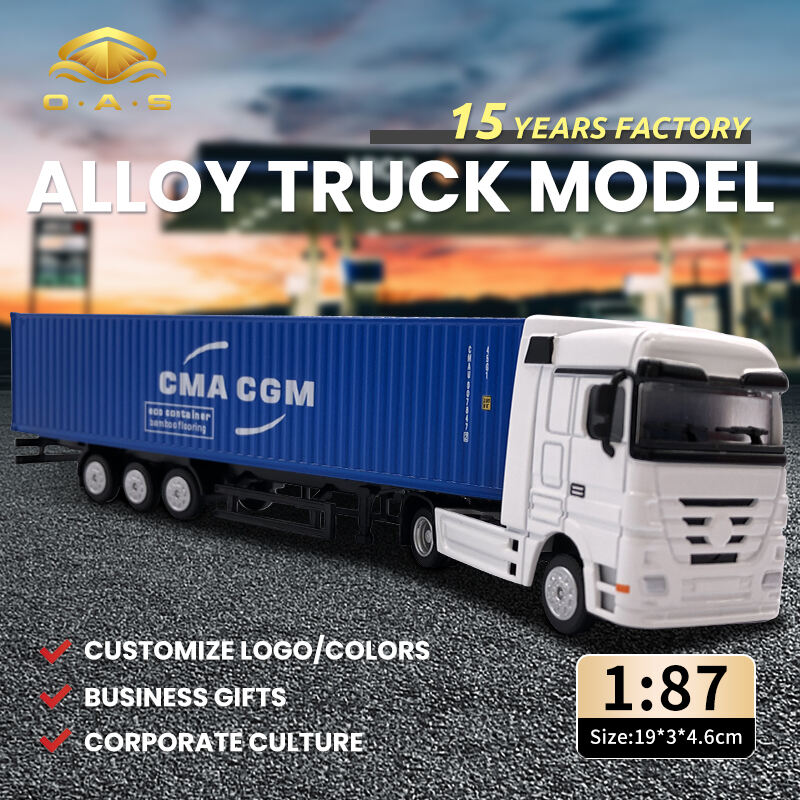
O.A.S Transportation Models: Improving Education in a Way of Design
While some people may view O.A.S transportation models purely as a collection, these models have useful functions in as educational aids in various places. These detailed and often cinematic models depict examples that help elaborate difficult engineering, historical or design ideas.
When it comes to the integration of O.A.S models into PPT presentations, O.A.S models used in this educational tool could increase the interest of students and try to implement some pedagogical aspects. In this case, however, the models may be used by the teachers to explain concepts like aerodynamics or mechanics or structural design. This improves comprehension of the topic positively changing the teaching and learning processes.
Equally, some models O.A.S transportation models bear some historical elements of transportation modes are as a purposive education. Each model corresponds to some durations or a movement of vehicles therefore learners can trace vehicles history and the relevance of the vehicles to society. It is possible to show learners these models and ignite the discussions on comparison of technologies and societal infrastructures within the time frames.
Moreover, O.A.S models can be kept in the museums or educational institutions where they can also be a part of the exhibits. Some aspects of the services provided, for instance, the degree of attention and finesse caught the audience’s eye and motivated them to delve deeper into the transport history. The engagement of the audience and stimulation of interest is accomplished by the introduction of O.A.S models into the exhibitions.
Also, as indicated earlier O.A.S does not just provide their models, they also provide the relevant learning materials about every vehicle: how each model is designed and engineered. This aspect of storytelling makes the lesson more interesting as they make the learners relate to the lesson content even more.
To sum up, O.A.S transportation models are instrumental in the learning process in terms of how they are made and their purpose. When the models are made part of classrooms and lesson plans, the teachers will be able to provide the students with lessons that would engage their minds and spark the urge to pursue and create in the fields of design and engineering.